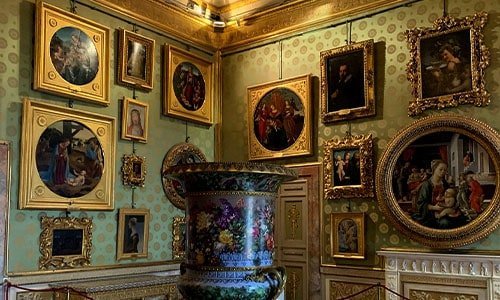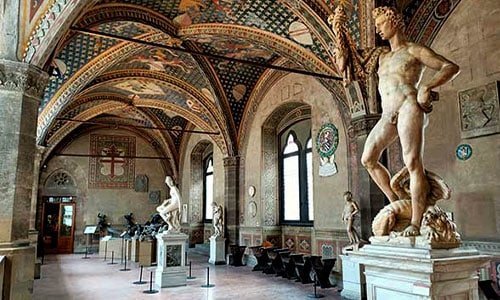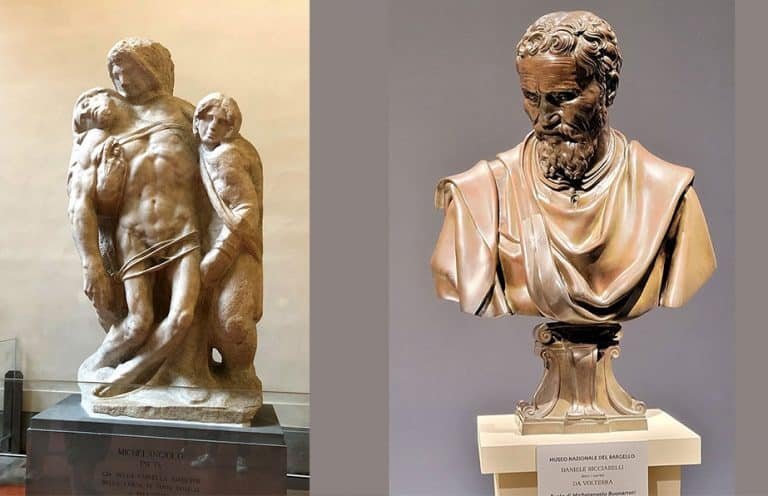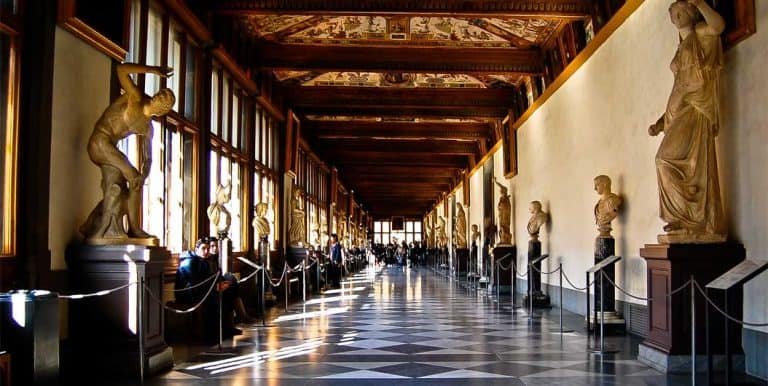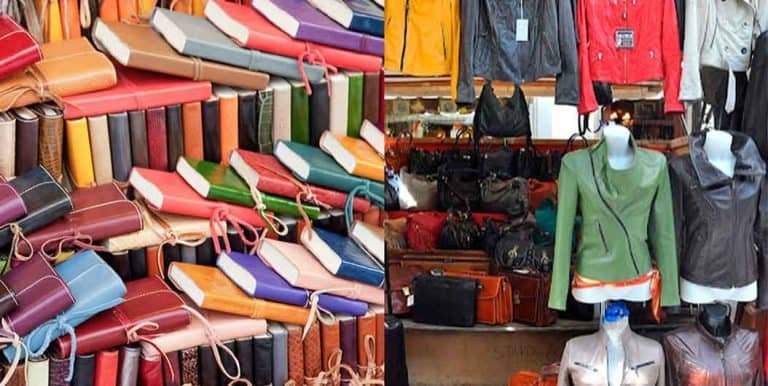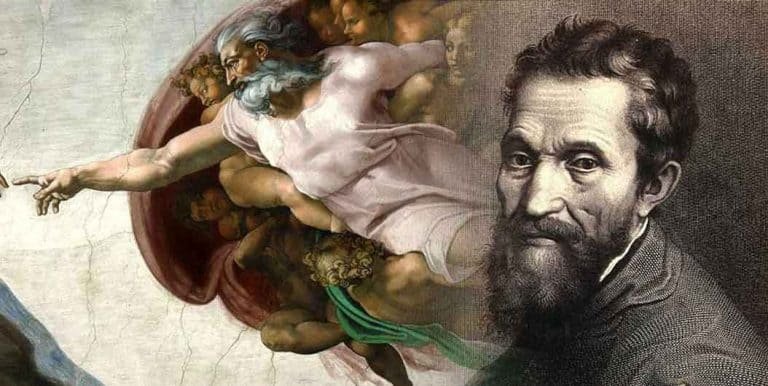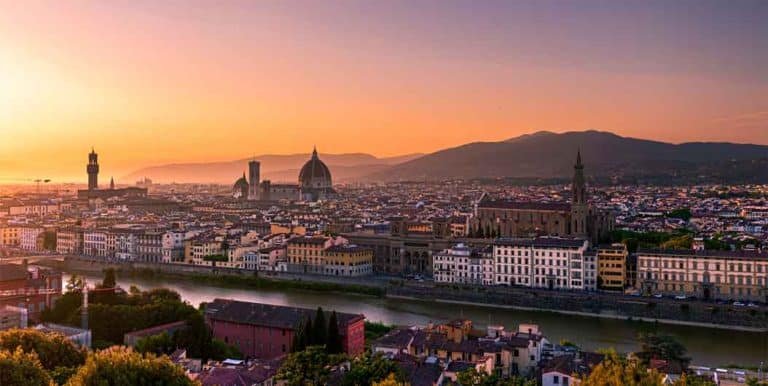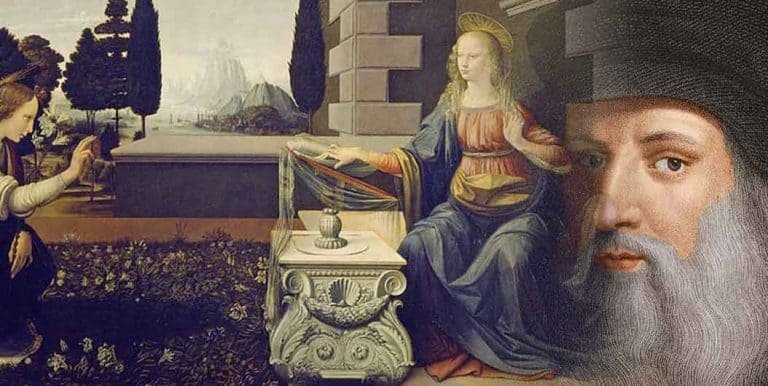A Raphael-inspired Florence
In the autumn of 1504 in the year 1504, young Raffaello Sanzio took the back of a mule and began to make his way along the mountainous roads that led to Urbino. At first, leaving his hometown could have appeared to be a foolish choice for the artist in his early years. In the end, orphaned Raphael was the inheritor of his father’s successful painting studio and beautiful home situated on a hill street in the center of town. He also assumed his father’s job to paint the court in the service to the Duke and Duchess of Urbino.
Within the comfort of the ducal court, Raphael enjoyed a small stipend and a steady stream of commissions to paint and the support of wealthy patrons. Why would he quit this position of privilege?
The answer is easy. The answer is simple: in 1504, Florence would have been the best place to be. Similar to how a zealous music theater student in the present might desire in the hope to “make it big” in New York City, at the time of the 16th century, Florence was a place with an undeniable attraction for artists looking to make an impression in the history of art.
While some aspects of celebrations marking the artist’s death in 2020–the celebration of 500 years since the artist’s death–have been changed or canceled due to the pandemic that is spreading across the globe We can still admire the work of Raphael in the history of art, and particularly his influence on Florence as a city. Florence.
AN UNPRECEDENTED MOMENT IN ART HISTORY
The day Raphael was in Florence, Michelangelo’s iconic sculpture of David was unveiled within the Piazza della Signoria. Its paintwork on Leonardo da Vinci’s most recent portrait (a representation of a particular Lisa married to the wealthy wool trader) was still damp.
Florentine authorities had recently convinced the two artists to enter an open contest for new wall paintings at the Palazzo Vecchio. In addition to Da Vinci and Michelangelo, the streets of Florence were filled with artists like Sandro Botticelli, Andrea della Robbia, Piero di Cosimo, Davide Ghirlandaio, Simone del Pollaiuolo Antonio as well as Giuliano da Sangallo Andrea Sansovino, Pietro Perugino, Filippino Lippi, and numerous others who are now considered to be to be the most powerful greats in the Italian Renaissance.
Who among the ambitious artists wouldn’t want to plunge headfirst into this exciting stew of creativity?
Raphael was lucky enough to get to Florence with only a handful of connections. It is possible that he had an introduction letter with his powerful patrons from Urbino, and his teacher, Perugino, may have been a mentor to the budding artist by providing initial commissions in Florence.

He started work on two altarpieces that were large enough for Perugian clients, the known as Ansidei Madonna and the Baglioni Altarpiece. He also designed an altarpiece to be used in a chapel within Santo Spirito.
In the drawings from the period of Raphael’s Florentine (1504-1508), We get sketchy sketches depicting Michelangelos’ David and his attempts to imitate hands, faces, drapery, and other elements that were created by these famous Florentine artists.
Raphael was studying and observing. In the meantime, the artist was developing his own style. Within a short time, the hard work he put in was rewarded; Pope Julius II lured Raphael to Rome in 1508.
WHERE TO SEE RAPHAEL’S WORK IN FLORENCE
The majority of Raphael’s most famous paintings are within Rome in Italy, the city where Raphael ended up settling before his untimely death at age 37. But in Florence, it is easy to admire his amazing technical skill and distinct vision. It’s a style that’s more in common with his time in the High Renaissance than that of any other artist. In Florence, we can see the thoughts of a young, ambitious artist who was poised to give Michelangelo and Da Vinci a run for their money.
AT THE UFFIZI GALLERIES
The Uffizi recently overhauled its Renaissance galleries and has now added rooms that highlight the collaborations between Raphael, Michelangelo, and their peers in the first year of the sixteenth century. This intriguing arrangement aids visitors in discovering the connections between these famous artists, who, astonishingly also, were alive in the same period and in the same space.
Self-Portrait, oil on panel, 1504-1506
The tiny image has for a long time been believed to be an image of self-portraits of the artist’s young age and provides us with an idea of Raphael leaving Urbino to explore the beauty and excitement in Florence in 1504.
Portraits of Maddalena Strozzi and Agnolo Doni Oil on panel 1504-1507
The Doni family offered Raphael the first important painting commission in Florence. The newly married couple had a strong connection with the city of Florence and likely presented Raphael to their acquaintances. One interesting feature that these pictures have is that they are likely hinged and designed to be viewed from behind and also at the front.
Mythological scenes with neutral, muted tones are painted onto the reverses of the portraits by an unnamed artist who was known only as of the Serumido Master. In the same period that Raphael painted this portrait, Michelangelo painted a large circular painting (a tondo) to commemorate the Doni, perhaps to mark the occasion of the arrival of the long-awaited child. It is believed that the Doni Tondo now stands in the same gallery that the portraits.
Madonna of the Goldfinch, oil on panel 1504-1506
Madonnas were the basis of Raphael’s bread and butter throughout his entire career. They were hotcakes in the marketplace, and Raphael made each of the images that depicted Madonnas to reflect the Virgin and Child to suit his clients.
The one pictured here was created for his patron and patron, Lorenzo Nasi, perhaps on the occasion of Nasi’s wedding. According to current sources, the painting was almost destroyed in an earthquake in 1548, but it was put back together. From 2002-to 2008, this painting went through significant restoration.
Later and earlier works by Raphael are housed at the Uffizi:
* The portraits of Elisabetta Gonzaga and Guidobaldo da Montefeltro around 1504: These fascinating portraits show both the Duchess and Duke of Urbino, who would have been unhappy to witness their court painter Raphael depart town in search of better opportunities at Florence as well as Rome.
The portrait depicts a young man with an Apple, circa 1504. It could be Francesco Maria I della Rovere who Elisabetta adopted, Guidobaldo (above), Guidobaldo (above), and their descendants to the Duchy Urbino.
* Portrait of Julius II 1511-1512: There are various variants of this portrait. Raphael’s patronage of Rome; Julius commissioned Raphael to draw The School of Athens and other important works of The Palace of the Pope. Papal palace.
* Pope Leo X with Cardinals Giulio de Medici and Luigi de Rossi, 1518: Pope Leo X was the son of Lorenzo de Medici, and for Raphael, the picture entangled the universes of Florentine as well as Roman power.
IN THE PALATINE GALLERY AT THE PITTI PALACE
Madonna of the Grand Duke (Madonna del Granduca), oil on wood 1505
It is certain that Raphael had a close encounter with Leonardo da Vinci’s works in Florence. The Madonna reflects Leonardo in the use of sfumato, which is a smoke-like softening of lines. The title of the painting is derived from Ferdinand III, Grand Duke of Tuscany, who had the painting within his collection.
Portrait of an Expectant Woman (La Donna Gravida) Oil on panels 1505-1506.
I find this to be one of his most interesting works due to its ambiguity. Women who were pregnant were a rare subject for Italian Renaissance art. We don’t know who the sitter is, looking rather sad, holding her expanding midsection.
Raphael has painted the woman wearing a dress of opulence, but there’s something about her appearance that, like his earlier portraits of Margherita Luti, gives an impression Raphael may have been influenced to paint her not by a high-class woman or the fishmonger or fruit seller that he came across at the Florentine market.
Madonna del Baldacchino, oil on canvas, 1507-1508
The painting was his initial major project in Florence, created to decorate the Dei chapel of Santo Spirito’s church. Santo Spirito. The picture reintroduces the cult concept of the sacra conversazione, also known as “sacred conversation” among saints and the Madonna. Papa Julius II summoned Raphael to Rome in 1508, but the picture was not completed.
Other works later by Raphael are housed in The Palazzo Pitti:
* Woman wearing a veil (Donna Velata), 1512-1515. This portrait was painted in Rome. The lover of Raphael, Margherita Luti (the known as Fornarina, also known as the baker’s child), likely served as the model.
* Madonna dell’Impannata, 1513-1514: Many art historians have this image was created primarily by the assistants of Raphael.
* Madonna della Seggiola, 1514 The stunning tondo appears to capture the beauty of the Italian Renaissance and has inspired generations of artists.
Portrait of Tommaso Inghirami 1516. Inghirami is a scholar, actor, writer, and scholar who met Raphael within the circle of the pope. Inghirami was suffering from a condition that prevented eye alignment. This is what Raphael captured in this exciting portrait.
Portraits of Cardinal Bibbiena 1516. Pope Leo’s secretary, and an extremely well connected associate at the home of Raphael in Rome, Bibbiena was also a comedy and literary writer.
*Vision of Ezekiel 1518: Renaissance artist scholar Giorgio Vasari recorded that Vincenzo Ercolani, a Bolognese nobleman, was commissioned by Raphael to paint the subject. In terms of style, it demonstrates how Michelangelos’ influence influenced his Sistine Chapel ceiling, with which Raphael was certainly acquainted.

